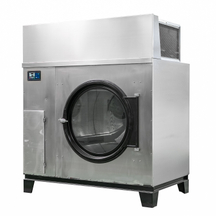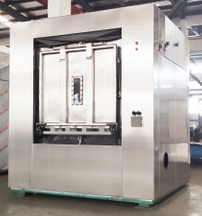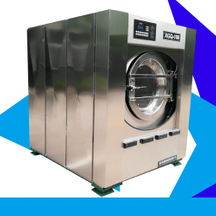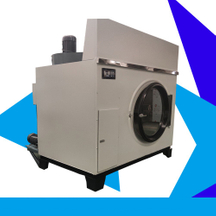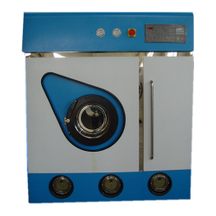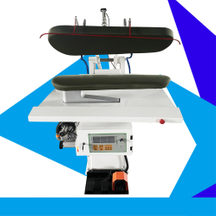In public places such as hotels, healthcare facilities, and transportation hubs, safety and hygiene are paramount. As a supporting service, commercial laundry plays a crucial role yet is often overlooked. Behind every spotless hotel linen, sterilized patient gown, and fresh airline blanket lies a rigorous process designed to uphold the highest health and hygiene standards. In today’s era of rapid growth in tourism and healthcare services, this process has become even more critical.
Modern commercial laundry operations are no longer mere cleaning centers; they are hubs of precision, compliance, and innovation. From thermal disinfection and chemical dosing to water treatment systems and zoning facilities, every step is meticulously designed to ensure textiles are not only visually clean but also microbiologically safe. International certifications such as ISO and RAL are increasingly adopted to meet global standards, while advancements in technology and staff training are enhancing operational reliability.
Laundry hygiene is no longer optional—it is a vital pillar of service. Laundry providers worldwide are continuously raising standards to ensure every wash is trustworthy, safe, and of exceptional quality. Against this backdrop, the commercial laundry industry is undergoing a profound transformation: it is no longer regarded as a peripheral support service but has risen to the core of public health infrastructure and guest experience. In this new era, cleanliness standards have been redefined—mere tidiness is far from sufficient. Safety, traceability, and certification have become the new benchmarks for measuring laundry service quality. Barrier washer machine, as innovative equipment in hygienic laundry, are gaining prominence with their unique advantages, emerging as a key driver of industry growth.
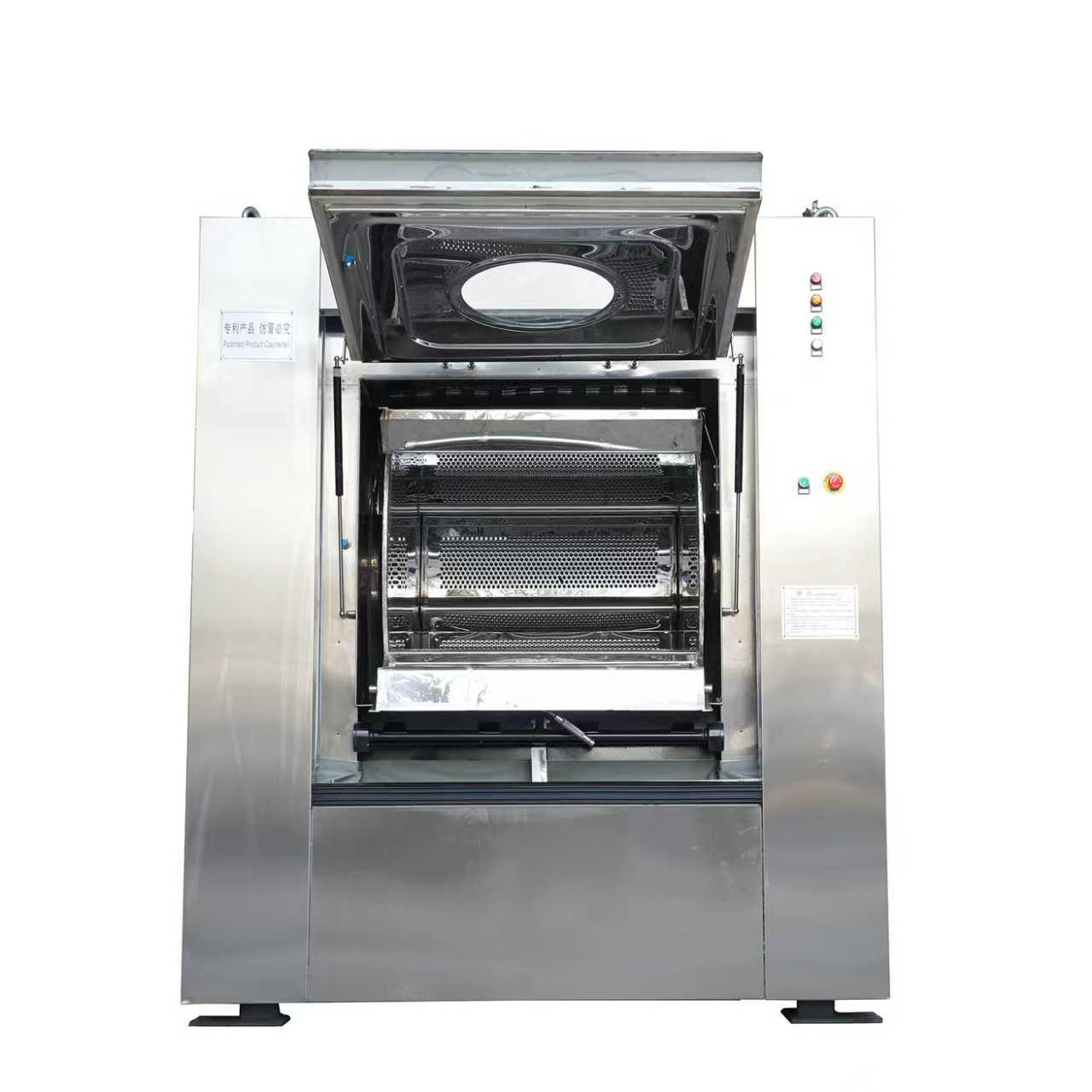
In the healthcare sector, textiles frequently come into contact with infectious substances. Mismanagement of these items can become a source of cross-contamination or healthcare-associated infections (HAIs). For this reason, many laundries are striving to obtain international hygiene system certifications, such as ISO 9001, ISO 14001, and RAL-GZ 992 for hygienic textile processing. These certifications not only impose strict requirements on the quality and safety of laundered products but also regulate management systems, staff training, and equipment maintenance during the laundry process. For providers aiming to serve global brands, obtaining such certifications signifies alignment with international standards, enabling them to meet high requirements from clients across different regions.
This is not limited to healthcare. In luxury hotels or first-class airline cabins, even minor declines in linen quality—whether in softness, whiteness, or odor—can negatively impact brand perception. Poor linen quality damages the reputation of hotels or airlines, a fact widely acknowledged.
Disinfection: A Science
In nursing homes and hospitals, for example, bed linens may carry bacteria, viruses, or fungal spores. A single mistake in processing can have far-reaching consequences. To meet these hygiene requirements, laundries must employ thermal disinfection (high temperatures) or chemical disinfection (using validated cleaning agents). In Europe, laundries typically adhere to the EN 14065 standard, a hygiene management system based on the RABC (Risk Analysis and Biological Contamination Control) framework. While not yet universally adopted in China, its influence is growing, particularly in international chain hospitals and high-end hotels.
Zoning: Critical Importance
One of the most overlooked aspects of commercial laundries is zoning. Professional laundries are designed with clear partitions: soiled textiles are confined to the "dirty" zone, while the "clean" zone is reserved for disinfected items. Cross-contamination is strictly prohibited. Staff movement, personal protective equipment protocols, and textile flow all follow rigorous safety procedures. Handwashing, clothing changes, and glove usage are closely monitored. Barrier washer machine address this by dividing the laundry room into clean and non-clean zones: textiles are loaded from the non-clean side and unloaded from the clean side after washing, effectively preventing cross-contamination and ensuring reliable hygienic laundry for various industries.
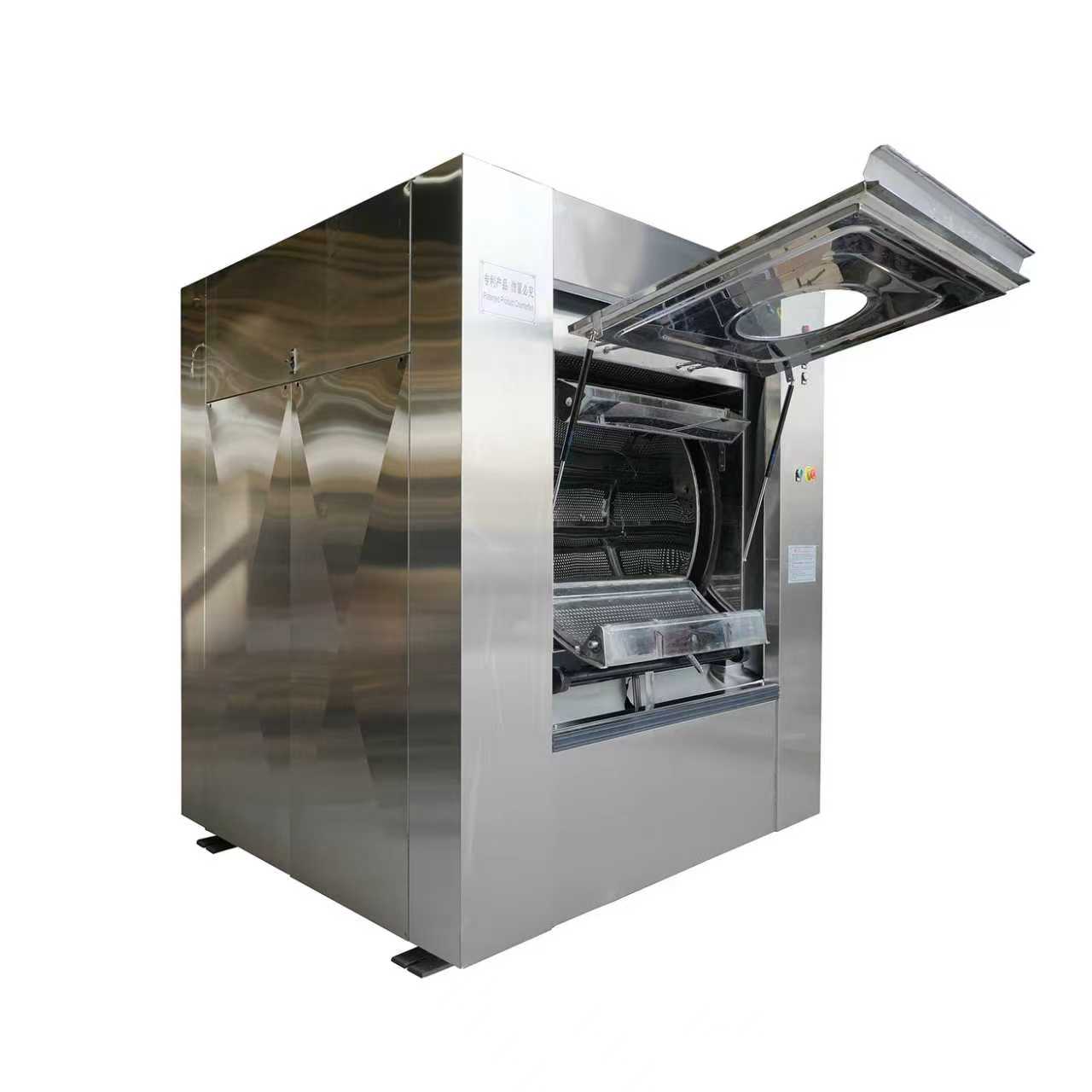
Water Quality: The Unsung Hero of Cleanliness
Water hardness affects disinfection effectiveness and can dull white fabrics. Most leading laundries now treat and soften water to optimize chemical performance. A delicate balance is critical—excessive detergent damages fabrics and wastes budgets, while insufficient amounts allow harmful microorganisms to thrive. Auxiliary systems such as water treatment, chemical dosing, and machine disinfection are indispensable. Well-maintained equipment, precise dosing systems, and consistent temperature control ensure every textile meets microbiological safety standards.
Machinery: More Than Just Metal Boxes
The core advantage of Barrier washer machine lies in their innovative hygienic design. By separating the laundry room into clean and non-clean zones, textiles are loaded through a door on the non-clean side and unloaded from the clean side after washing. This design fundamentally eliminates cross-contamination risks during loading and unloading. Isolation washers are equipped with advanced computer control systems, usually featuring large LCD touchscreens with user-friendly interfaces for easy parameter adjustment. These machines typically offer multiple custom programs, allowing precise adjustment of water temperature, water level, washing time, and spin speed based on fabric type, soil level, and washing requirements. With large capacity, they can handle bulk linens and garments at once, enabling deep cleaning and disinfection of hotel linens. Meanwhile, their advanced control systems adjust programs to ensure fabrics retain softness and color while meeting the highest hygiene standards.
Training: A Weakness for Many Providers
"You can post protocols on the wall, but if employees don’t understand the importance of hygiene, they will be ignored." Experts emphasize that training is the foundation of consistent safe operations. Teams should receive regular training on safe practices, hygiene protocols, emergency response, and ISO-compliant documentation. Employees must know not only what to do but also why they do it. When teams are informed and empowered, hygiene becomes a cultural norm rather than just a checklist.
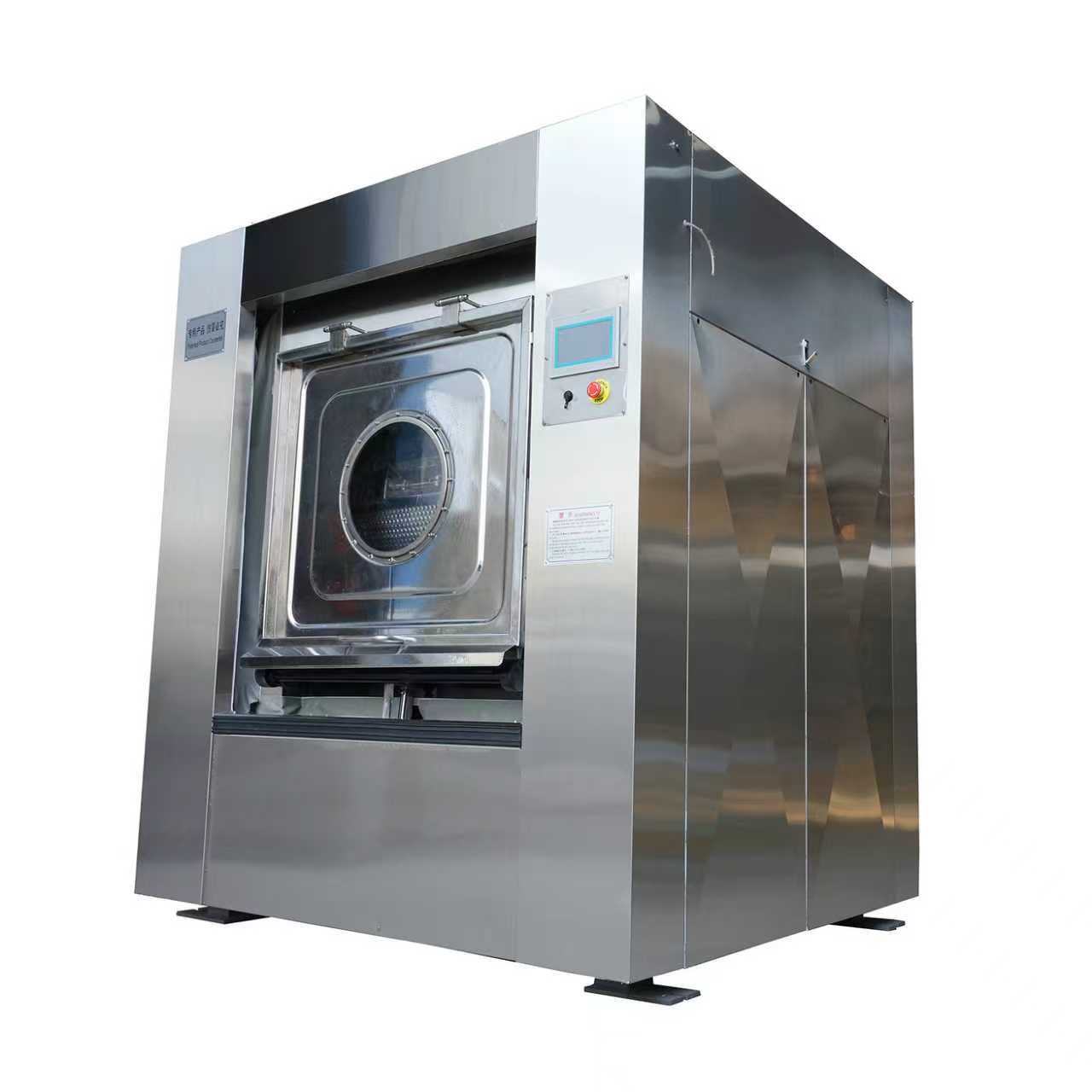
Compliance: A Starting Point, Not an End
While compliance remains the baseline, the true goal is to exceed it. "High hygiene standards are an unspoken promise between laundries, clients, and end-users." Laundries positioning themselves as hygiene-centric gain a distinct competitive edge. Whether serving five-star hotels, public hospitals, or international airlines, the ability to demonstrate and deliver hygiene outcomes through audits, standard operating procedures, and certifications has become a key market differentiator.
Looking Ahead: Hygiene Standards as a Growth Driver
As global medical tourism, aviation, and luxury hospitality continue to expand, demand for hygienic laundry solutions will grow. Certification frameworks like ISO, RAL, and EN 14065 are likely to become more widespread, especially among providers serving global brands. Commercial laundry should no longer be seen as a peripheral service—it is an integral part of public health infrastructure and guest experience. In this new era, cleanliness alone is insufficient; safety, traceability, and certification are essential.
Once an unassuming backend operation, commercial laundry now plays a pivotal role in safeguarding public trust, brand reputation, and public health outcomes. Every operational decision made by laundry facilities—from zoning layouts and water quality to staff training and cross-industry compliance—ripples through the environments of hotel rooms, hospital wards, or aircraft cabins.













